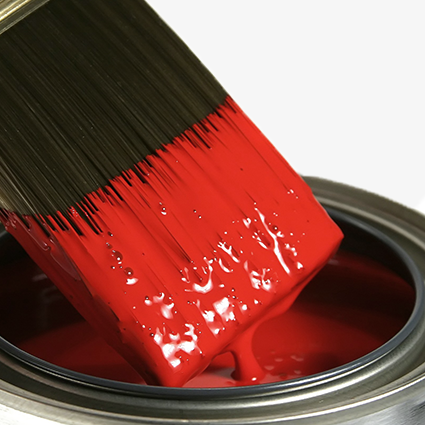
Testing Wet Adhesion Properties of Interior Architectural Coatings
The last couple articles we compared and contrasted the performance parameters required for the testing of scrub resistance and washability. This month we will discuss a related test, wet adhesion.
While scrub resistance is the ability of a paint surface to resist wear when rubbed with a brush, sponge or cloth, and washability is the ability to remove stains from the surface with little wear, wet adhesion is the ability of a paint to stick to alkyds (oil-based) paints.
One test method for testing for wet adhesion is performed by casting a 7 mil wet film of the latex paint over a gloss alkyd paint film that has been allowed to dry for at least 3 weeks but no longer than 6 weeks. The latex paint is allowed to dry for 24 hours, the film is cross-hatched, placed in water for 30 minutes, then removed from water and placed on a scrub machine. The cross hatch section is scrubbed for 500 cycles using a 5% lava soap solution in standard scrub brush. Optimum wet adhesion values are obtained when none of the paint film is removed during the test. The percentage of film remaining is recorded.
Various chemistries are available to improve wet adhesion. These often include ureido functional monomers, and various other amines. It is important to use these chemistries in a judicious fashion in order to make sure they do not negatively affect the properties of scrub and washability, and most importantly–cost.
At 1st Source we routinely test paints for improved wet adhesion. Testing requires appropriate controls and coating thickness. The use of a constant temperature/constant humidity room ensures consistent drying conditions for all tests. Appropriate substrates and cleaning materials are important. Enhanced testing equipment such as scanning electron microscopy (SEM) and its related instrumentation energy-dispersive x-ray spectroscopy (EDX) significantly add to our capability to diagnose problems and provide solutions.
